SHANTI ASHRAMA
I have been making a trip to the Shanti Ashrama practically every year on the last Saturday of April for nearly 15 years now. And I never tire of it. In fact, I look forward to it.
Vedanta Society of Northern California organizes a retreat there every year on that date, which, I am told, they have been doing for the last 45 years or so. The location is a 160-acre area in the San Antonio Valley between San Francisco and San Jose. The area is desolate and surrounded by hills all around. The unique setting lends itself wonderfully for the retreat, in which several eminent Swamis deliver their uplifting lectures. There is also a Puja for Ramakrishna, Sarada Devi, Swami Vivekananda, and others. And there is a tour of this place, which is an icon in the Ramakrishna-Vivekananda Movement. A joyous atmosphere prevails all around, for which my writing and photographic skills are surely limited. But I will try, beginning with the background history of the place.
Background History
It all started in the year 1900 (imagine!) during Swami Vivekananda’s second trip to the USA. His lectures, particularly his ideas of renunciation and ashrama had fired up a number of his disciples. They longed for a personal experience of this in their lives. As Providence would have it, one of them, Ms. Minnie Boock just inherited this property in California from her father and wanted to donate it to Swamiji. It was a Godsend. But Swami Vivekananda was scheduled to go back to India soon. Perhaps by divine premonition, he saw signs of his mortal life coming to an end. He still had things left to do. So, he deputed Swami Turiyananda (Hari Maharaj), one of his brother monks (one of Ramakrishna Paramahamsa’s sixteen monastic disciples) to lead the effort. Vivekananda had brought Turiyananda to New York earlier in the year to help him out.
At first Swami Turiyananda was very reluctant. After all, he was a man quite different from Swami Vivekananda. He was the most austere of all the monks. He lacked the flamboyance and the oratorical skills of the latter. But he had a tremendous knowledge of Vedic literature, no less than Vivekananda. And he was totally devoted to Holy Mother Sarada Devi. But Swamiji with his proverbial persuasion skills prevailed, when he said, “This is the Holy Mother’s Will, to which Turiyananda had reportedly responded jokingly, “Say it is your will, Brother”. Swami Vivekananda also appealed to Turiyananda’s emotions by bringing up, “Haribhai, I have ruined my health doing Mother’s work. Won’t you help?”. And when Turiyananda showed his doubts saying, “I do not have your command of English, nor your oratorical skills”, Vivekananda assured him saying, “I have lectured them enough. Now you give them the demonstration on how to lead a true Vedantic life”. It was significant, since, of all of Ramakrishna’s disciples, Turiyananda was the most austere and probably the most learned in the Vedas.
Vivekananda left soon after and Turiyananda left for the Shanti Ashrama with a group of twelve disciples. The journey was interesting, bordering on the comical. They went by train from San Francisco to San Jose. From there, they had a caravan of horses with riders, and a covered horse-drawn cart with Turiyananda in it to cross over Mount Hamilton. On the way, a lady fell sick and The Swami had to give up his spot and was put on a horse. He looked clumsy, more so with his coat and trousers. And then when they reached their destination, the situation overwhelmed him – there was nothing there except a wooden cabin and a toolshed. Seeing the predicament, one brave woman disciple, Mrs. Agnes Stanley, assured him with the admonishment, “Swami, you are a devotee of the Holy Mother. Does it befit you to lose heart at this? Don’t worry. We will take care.” The Swami was impressed and named her Shraddha (Faith). And take care they did. After all, most of these disciples were from pioneer stock. Soon they built log cabins and other amenities. They did not have to sleep in the open, beside haystacks.
Life in the Ashrama revolved around daily chores and spiritual upliftment. They would all rise at five o’clock with melodious chanting from the Swami to calm their minds. After a bath, they all gathered in the Meditation Cabin. After the meditation, they would all break off, the women for preparation of breakfast and the men kept busy bringing fuel, planting the garden and building cabins. At ten o’clock, they met for classes on the Bhagavadgita, which lasted for one hour, followed by lunch. At four o’clock, there was tea for those who wanted. Supper was served at seven o’clock, followed by two more hours of meditation. At ten o’clock, all retired to their tents. Incidentally, a vegetarian diet was the rule, but fish, eggs and cheese were allowed.
Swami Turiyananda ruled the place with love. He attended to each disciple’s needs individually. He had a tremendous fortitude for pain. Once during meditation, a poisonous beetle bit the Swami’s hand. He just flicked it aside and continued with the meditation. The arm swelled up. By fortuitous (divine?) intervention, a doctor appeared in the Ashrama and wanted to be part of it. The Swami brought up Ramakrishna and Sarada Devi often in his conversations. And he insisted on self-surrender as the ultimate goal. He advised reading only those books written by realized souls. The constant association with the Swami was itself a spiritual training for the students. His thorough knowledge of the scriptures and other masterpieces made it easy for him to impress upon his students. He had explained the classic Vivekchudamani by Shankaracharya from memory. Ida Ansell, a young lady and a stenographer took down his discourse. It has survived as a classic.
After a year, Swami Turiyananda took a break to lecture in San Francisco for about half a year, before returning to Shanti Ashrama for five months. He was tired from all the work and needed a change. He also wanted to meet Swami Vivekananda, who, he heard, was not in good health. He decided to leave the Shanti Ashrama and America, never to come back. But he was somewhat uncomfortable, as he felt he was disobeying the Holy Mother’s wish. Anyway, he did go back, but by the time he reached, Swami Vivekananda had passed away. He left Shanti Ashrama at the end of May 1902. On his last day, he left instructions for Gurudas and walked the perimeter of the Ashrama. He had reportedly said, “This place will last for another fifty years”.
SwamiTrigunatitananda (Sarada Maharaj) came to Turiyananda’s place in 1903. He was a totally different man from Turiyananda. He was a doer. After all, he was the founder editor of Udbodhan, the flagship Bengali magazine of the Ramakrishna Mission, initiated by Vivekananda. The magazine is the longest-running Bengali magazine and is still around. Trigunatita decided to move his operations to San Francisco, away from the Shanti Ashrama. He visited there two months every year with a group of students. He built several new cabins and dug several wells for the supply of water. He cut a path to the top of Dhuni Hill, the highest point within the property. The devotees practiced meditation on top of the hill under a campfire. Things proceeded in this manner until his tragic death in 1915 from a bomb thrown at him by a deranged disciple. Swami Prakashananda, who replaced Trigunatita carried on essentially the same tradition till his death in 1923. The ashes of Swamis Trigunatitananda and Prakashananda are buried on top of the Dhuni Hill. Slowly, the place fell into disuse and out of everyone’s eye. Then, a heavy fire broke out in 1952 takin almost everything with it. Only two or three cabins survived, including the Meditation Room. Was this a fulfillment of Turiyananda’s premonition. Who knows?
The story of the Shanti Ashrama will not be complete without Cornelius Heijblom (Swami Atulananda, Gurudas Maharaj). A Dutch immigrant to New York, he came under the sway of the Vedanta Society and followed Swami Turiyananda to the Shanti Ashrama. He was a capable handyman and was at the forefront of all activities. When Turiyananda left for India, he left Gurudas Maharaj in charge of the Ashrama. He was there throughout except for his brief visits to India. In one of the trips, he was initiated by Holy Mother Sarada Devi herself. Gurudas Maharaj finally left to settle in India in 1922 and died there in Almora1966 at the age of 96. He had the unique distinction of having met all but two of Thakur Ramakrishna’s direct disciples. To me, his book, ‘With the Swamis in America and India’ is a must-read. It has some wonderful accounts of the Shanti Ashrama from the beginning.
For years after the fire, there was little interest in the place. Then in the 1970s in one of his visits to India, Swami Prabuddhananda, Minister-in-Charge of the Vedanta Society of Northern California (in San Francisco) came to meet an elderly monk of the Ramakrishna Order. The elderly monk put this idea into Prabuddhanandaji’s mind. “Think of doing something for the Shanti Ashrama”, the monk reportedly said. And thence started this new era, the Resurrection, I believe from 1975.
The Present
The Shanti Ashrama is one of the iconic centers of the Ramakrishna Vivekananda Movement in the United States of America, at par with the Hall in Chicago where delivered his lecture in 1893, the Ridgley Manor and the Thousand Island Park. The importance of the place may be appreciated by the fact that a replica of the wooden Meditation Cabin in the Shanti Ashrama is prominently displayed in the Ramakrishna Museum adjacent to the Belur Math
The area is still desolate with little vegetation. From San Francisco, you come to Livermore and then travel through an extremely windy road to get to the site. The scenery around is gorgeous with high mountains and deep gorges. Then, when you have almost, and suddenly a gate with a sign on it appears. The gate opens to a dirt road with signs to the location. And for a while you see nothing. Then you see a Parking sign. You park and see a large tent. That, you realize is the center. The tent is connected to the Meditation Cabin, which is the shrine, the heart of the whole place. As I said earlier, the place is desolate, barring a few wooden cabins. That is all that survived the place after the fire. There is no water supply, no electricity and out of range from phone connections. It is really an ASHRAMA! I am not aware of a regular caretaker for the place. The volunteers from the Vedanta Society of Northern California have every year, put in a tremendous effort to get the place ready for this one day. They put up the large tent, bring in portable toilets, make arrangements for the water and the food. They also put up a little tent with all the photographs over time. There are some very interesting photos, including some showing how it was here in 1900. The arrangements are essentially the same every year. I learn that all this is done under the tutelage of Swami Vedananda. He is an elderly American Monk attached to the San Francisco Center. He reputedly has a Doctorate in Physics from the University of California at Berkeley.
Our program every year starts at around 10:00 AM with a Puja. There is a flower offering from the disciples after the Puja when each one of us gets to enter the iconic Meditation Cabin which houses the photos of the triumvirate: Thakur Ramakrishna, Ma Sarada Devi, and Swami Vivekananda. Then there is lunchtime. We are encouraged to bring our own lunch. The organizers supplement it with fruits, cookies, juice, and beverages. Then comes me with the most attractive portion. Swami Vedananda, the elderly monk leads a guided tour around the area and points out some of the important locations that were lost by the fire of 1952. We get to see the location Swami Turiyananda’s cabin, separated out from the center of the humdrum of activities. We see the location of the caretaker’s tent and other interesting spots. All along Swami Vedananda keeps us entertained with various stories related to the Shanti Ashrama.
After this, some of us climb up the Dhuni Hill, probably the highest spot in the property. It is quite a steep climb and it is getting harder for me every year. But reaching the top is so rewarding, and not just for accomplishing the feat. The breathtaking scenery from the top is simply unforgettable. In addition, at the top, there is a small enclosed area marking the location of where the ashes of Swami Trigunatitananda and Swami Prakashananda, are buried. After spending some time on top of Dhuni Hill, it is time to descend. Sometimes coming down is more difficult. Anyway, it is time for lectures by the Swamis and some musical interludes from the mission choirs. Usually, four Swamis speak. In general, one of the speakers is from outside the area and the three others are from San Francisco, Berkeley or Sacramento. Over the years, we have been treated to some amazing lectures. I personally remember one by Swami Tyagananda of Boston. The lectures are followed by tea and snacks. And the day’s program comes to an end and people start to leave. A few stays on a little longer to meditate in the tent, looking into the shrine, All in all, most agree that it was a day very well spent.
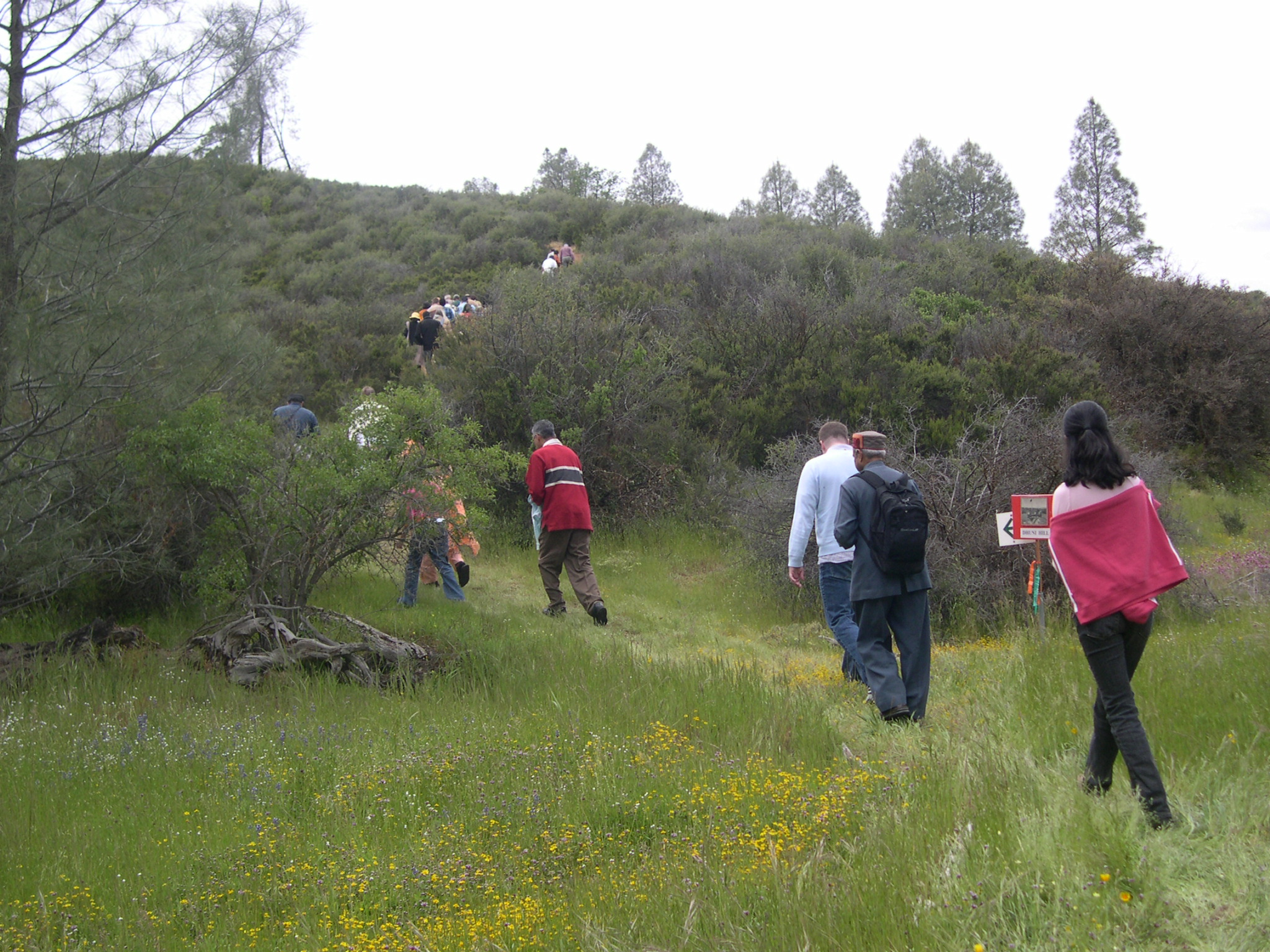
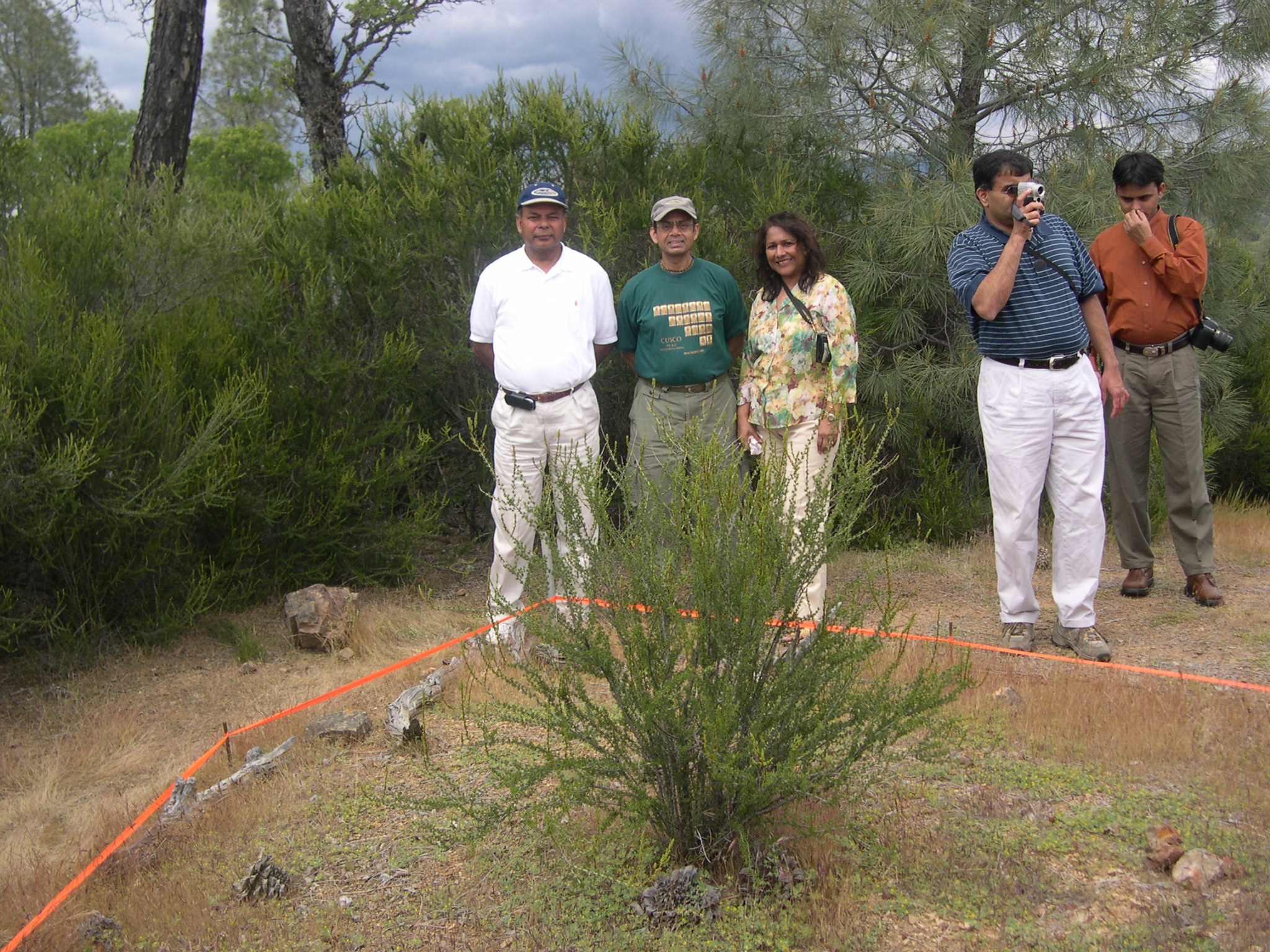
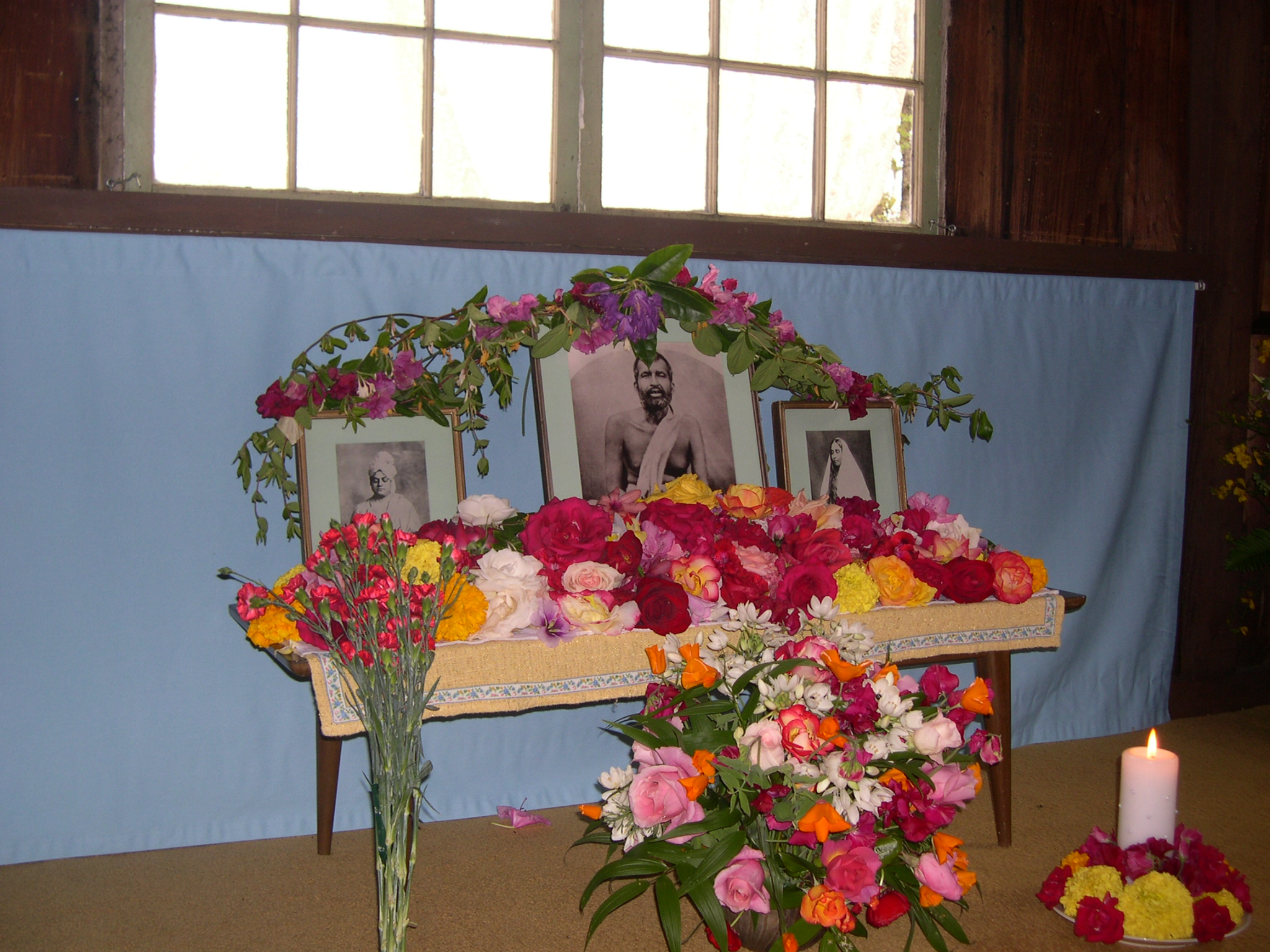

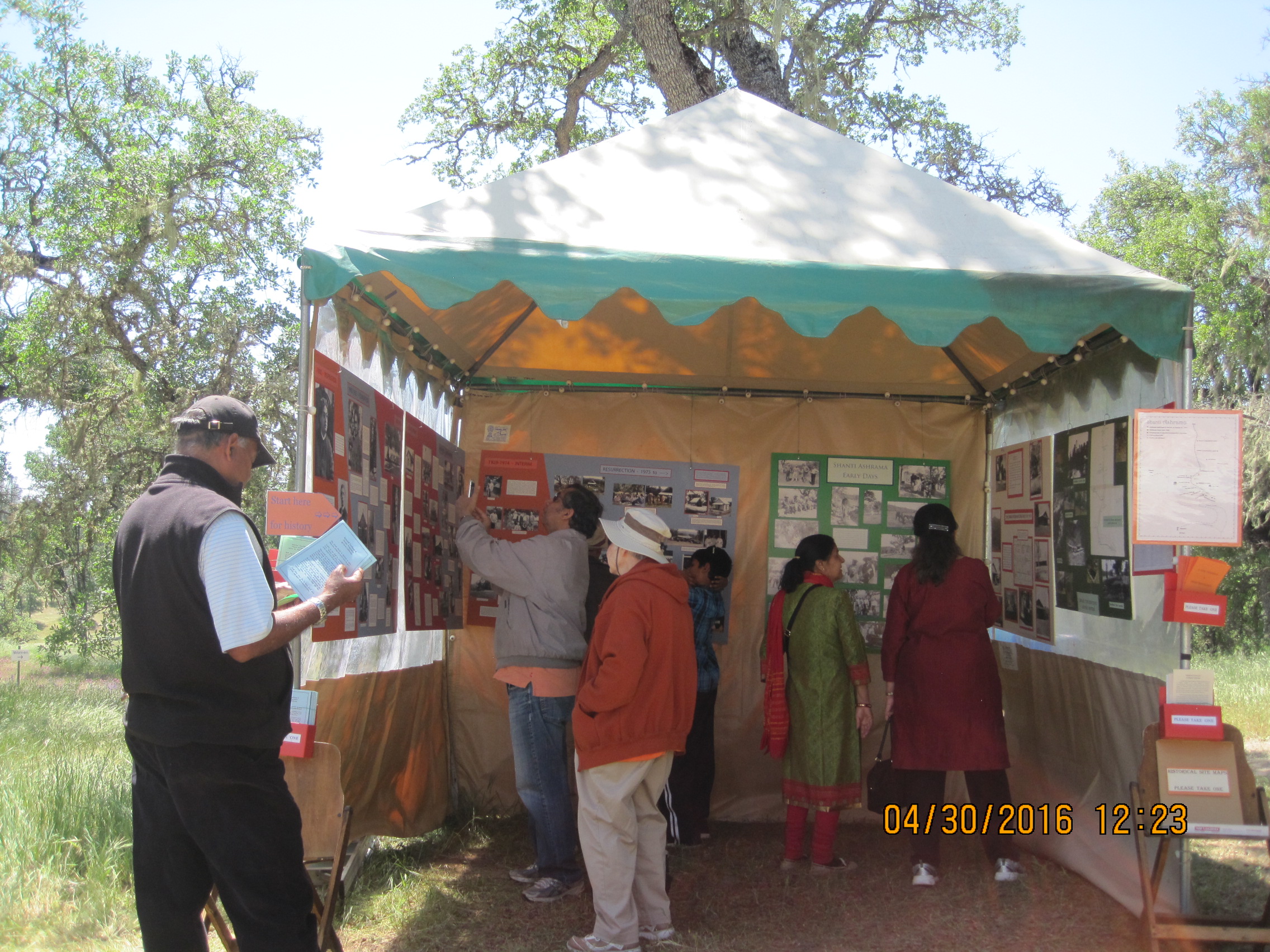
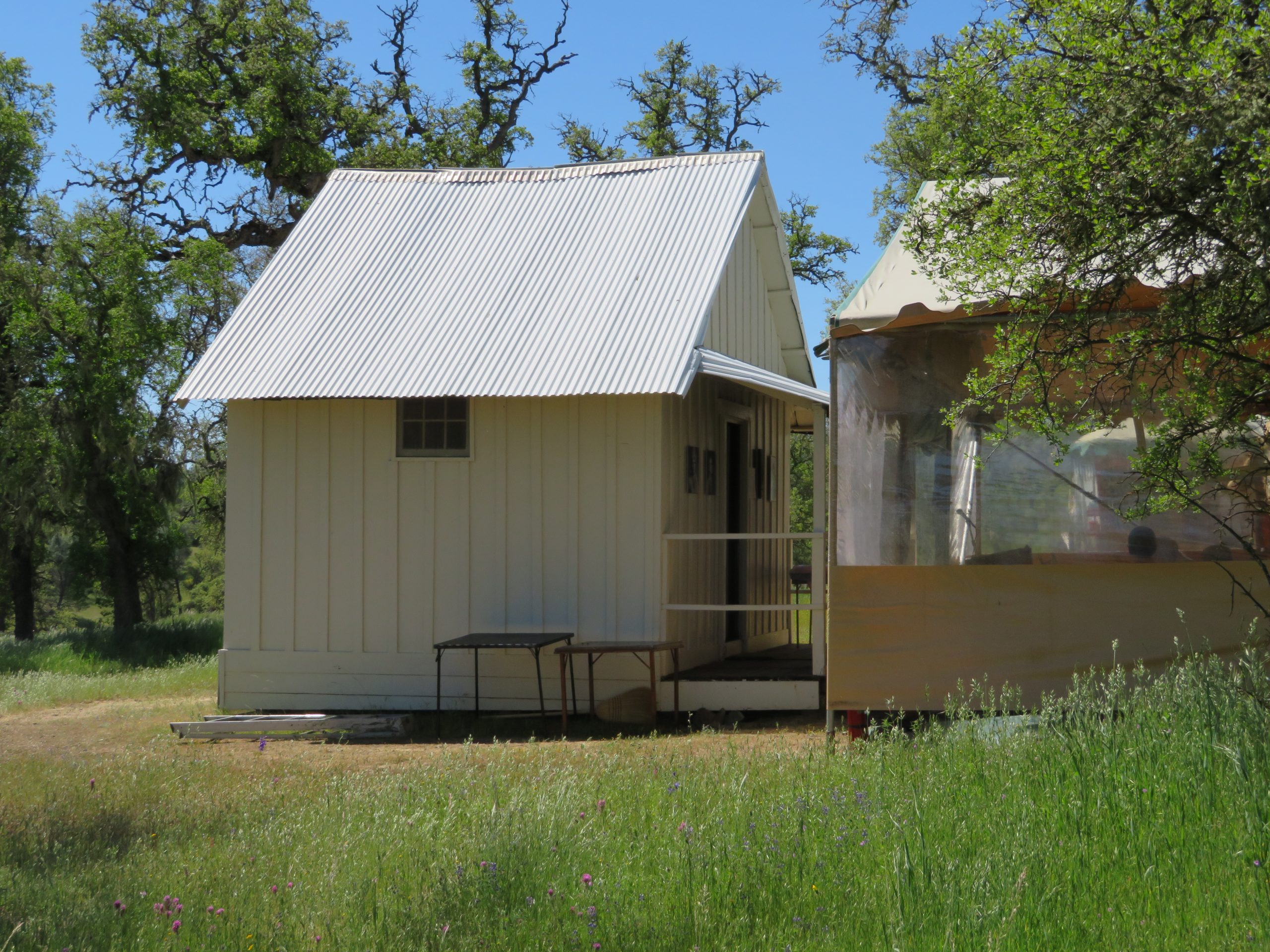
The Meditation Cabin
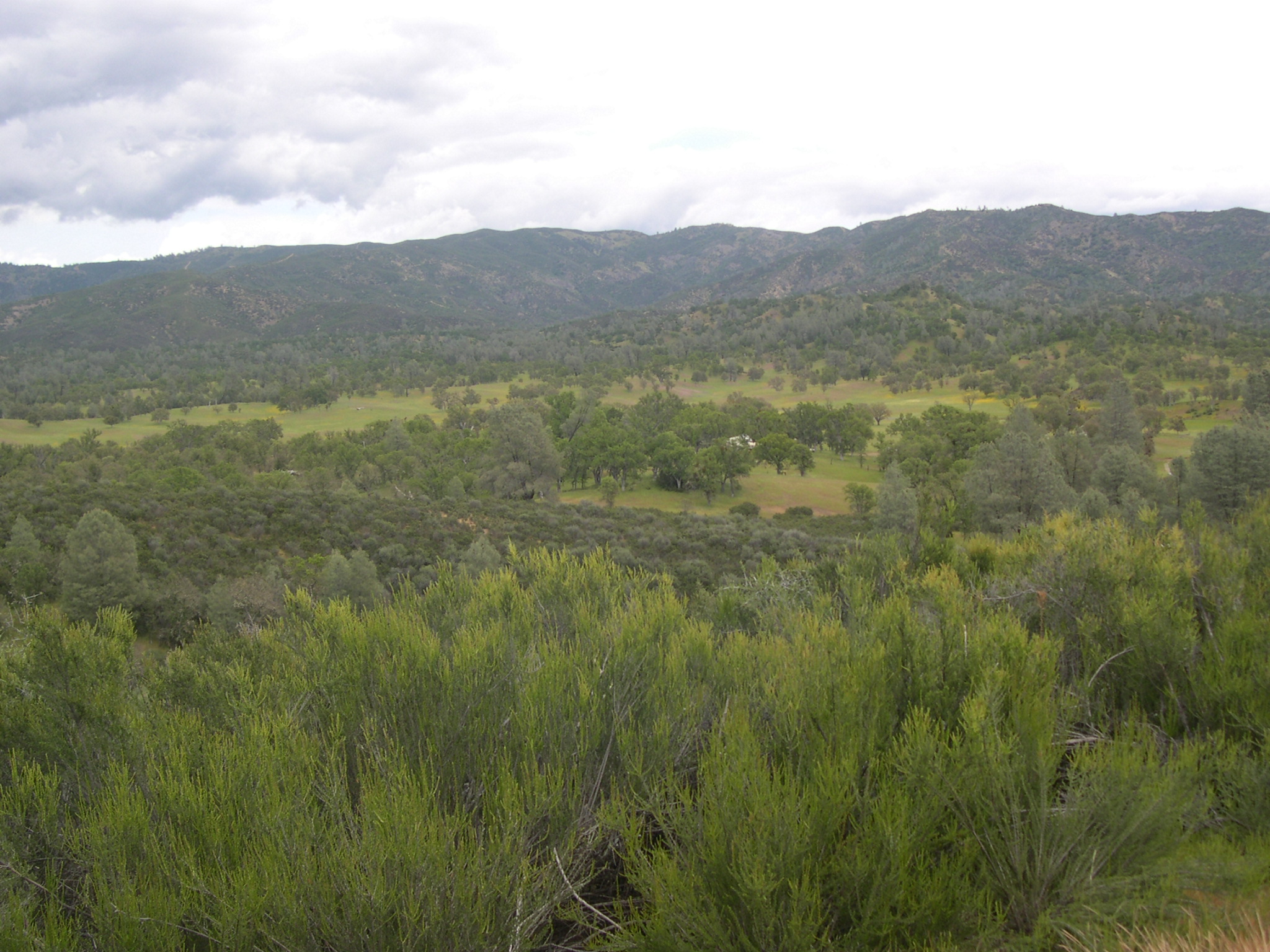
View from the top of Dhuni Hill


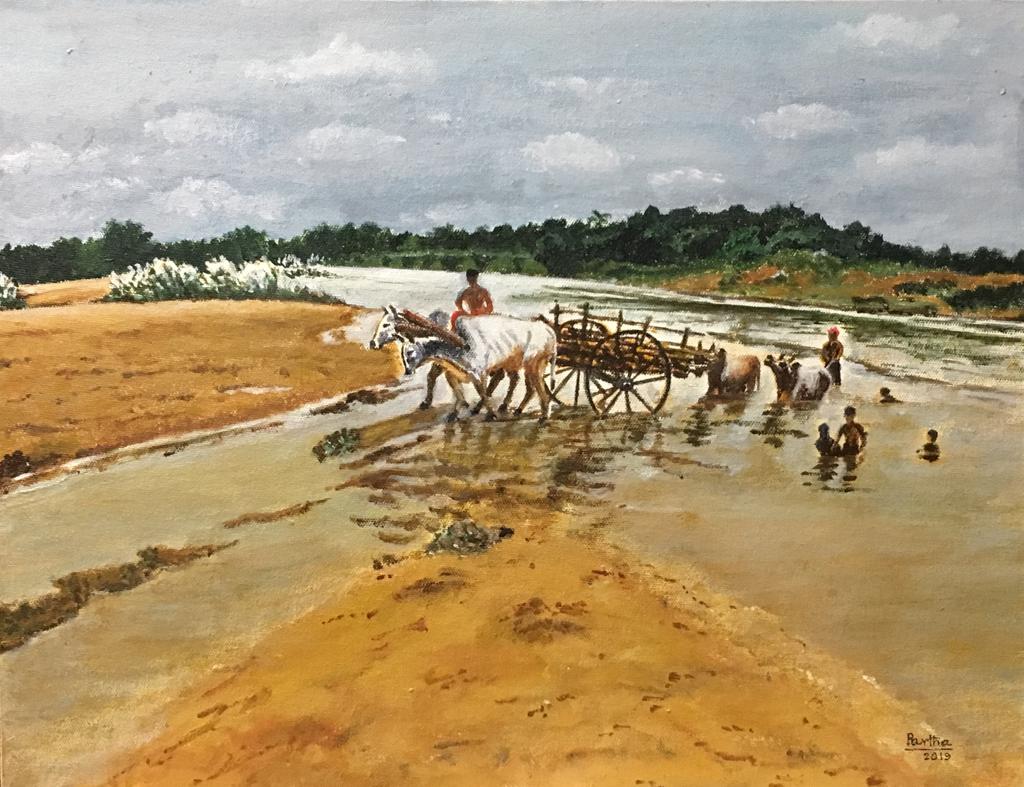

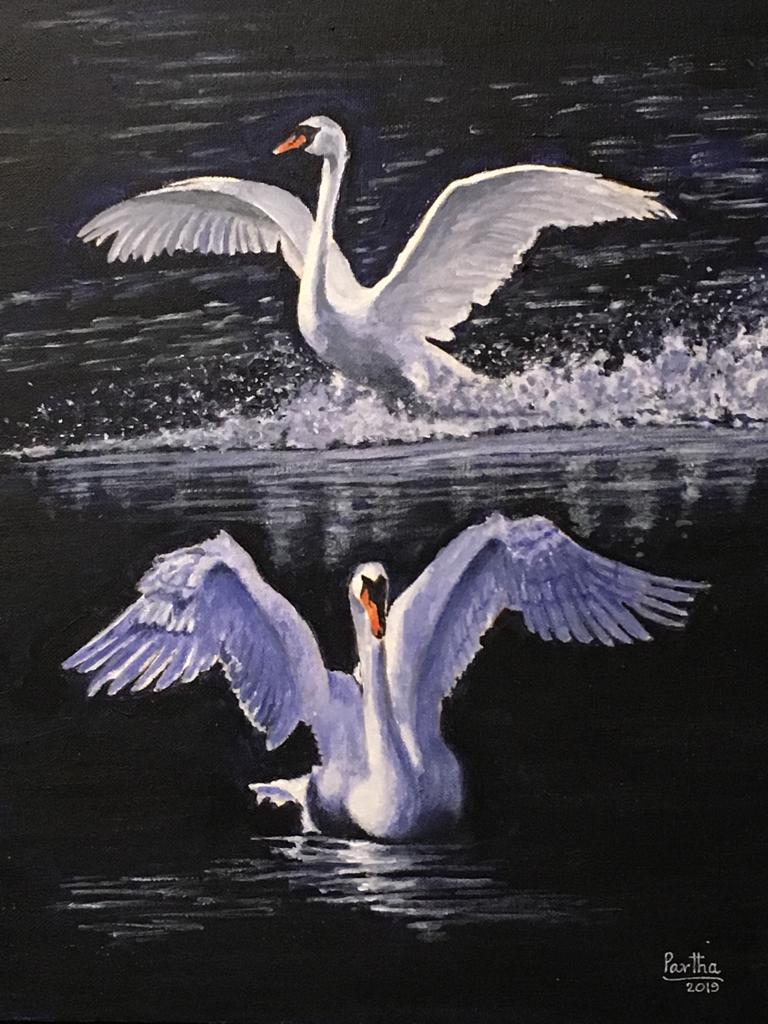
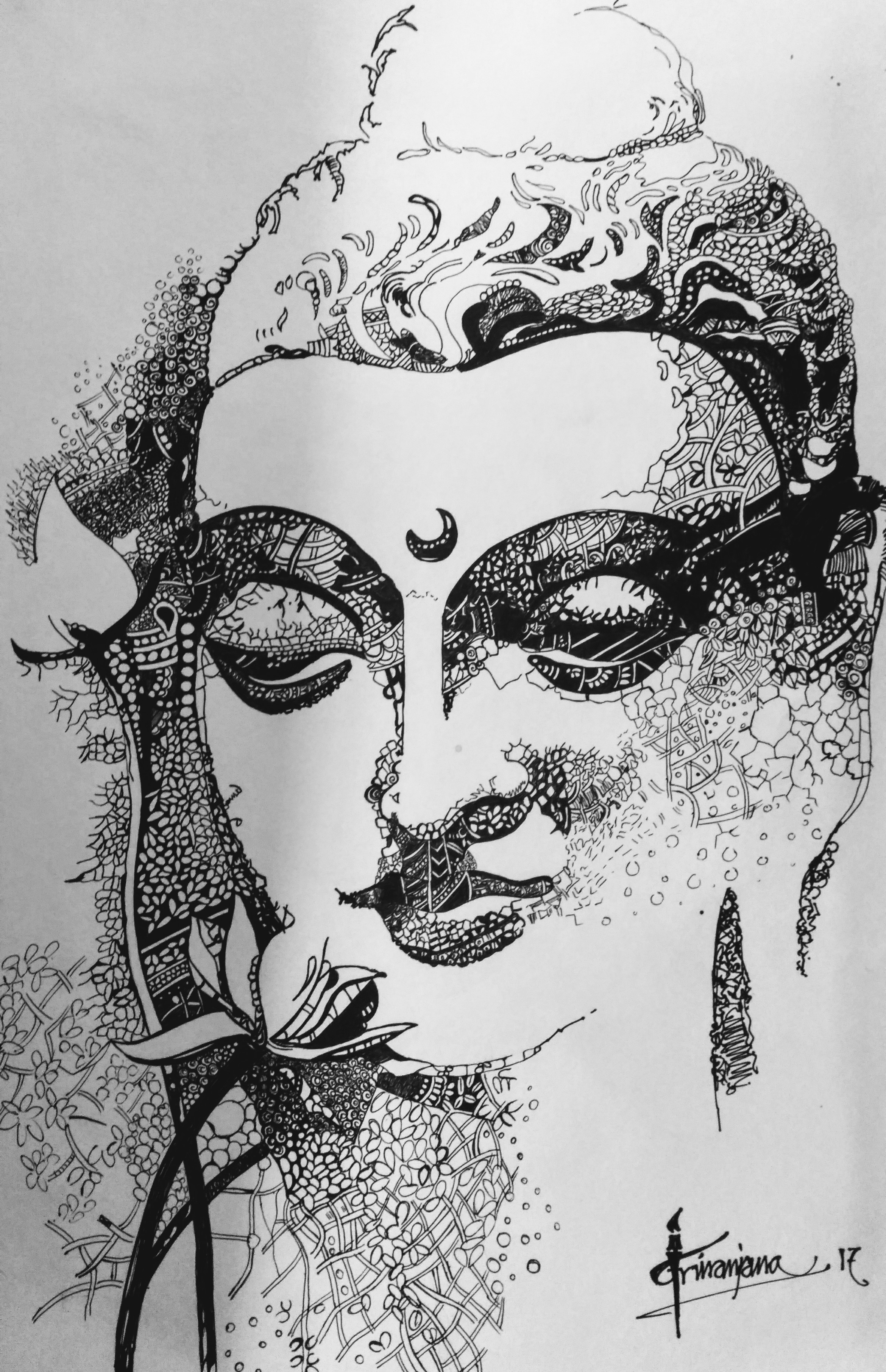


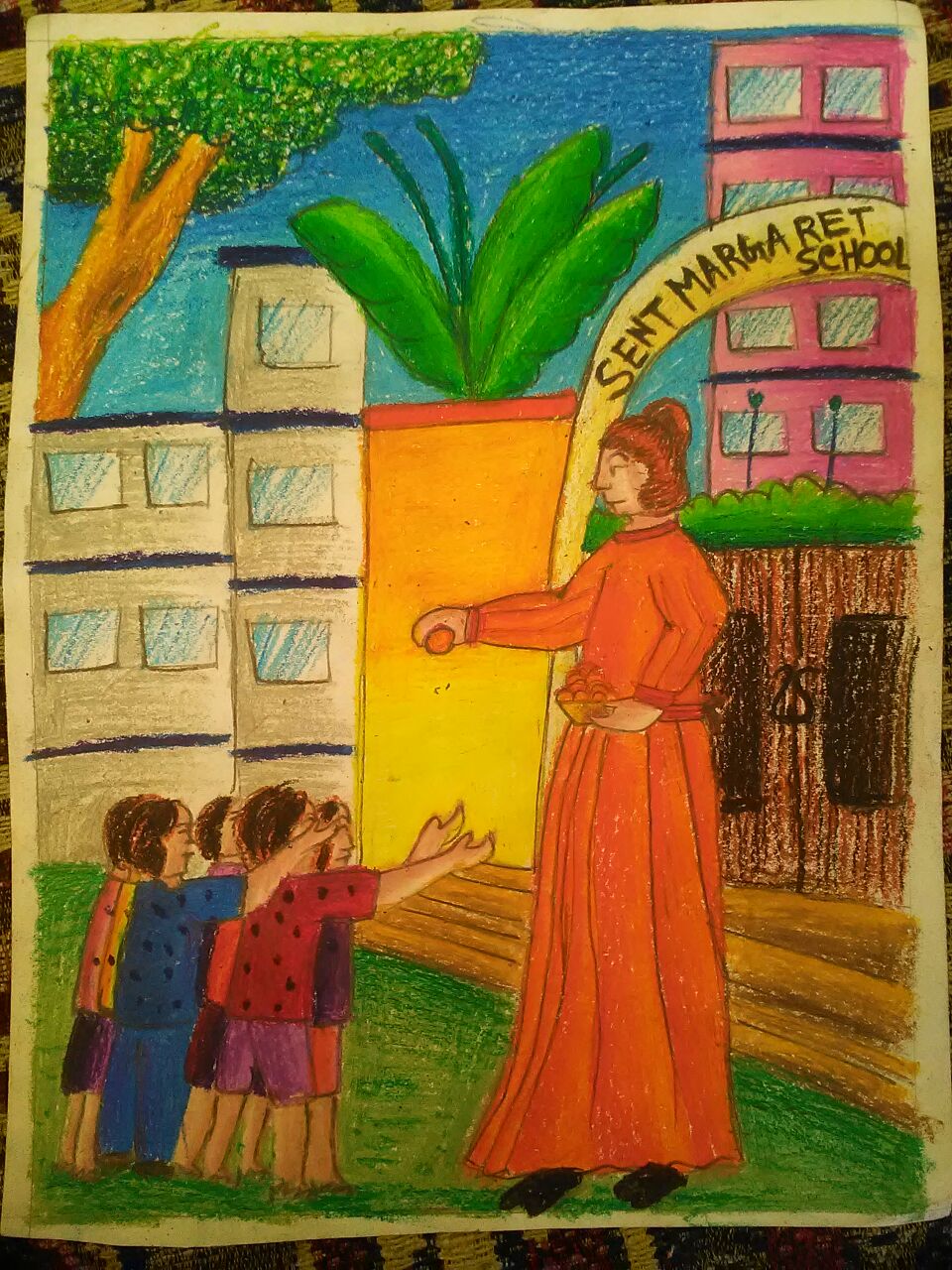

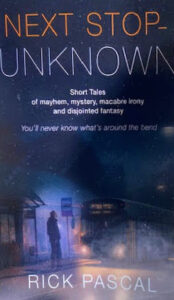



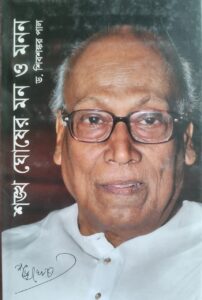

Comments »
No comments yet.
RSS feed for comments on this post. TrackBack URL
Leave a comment